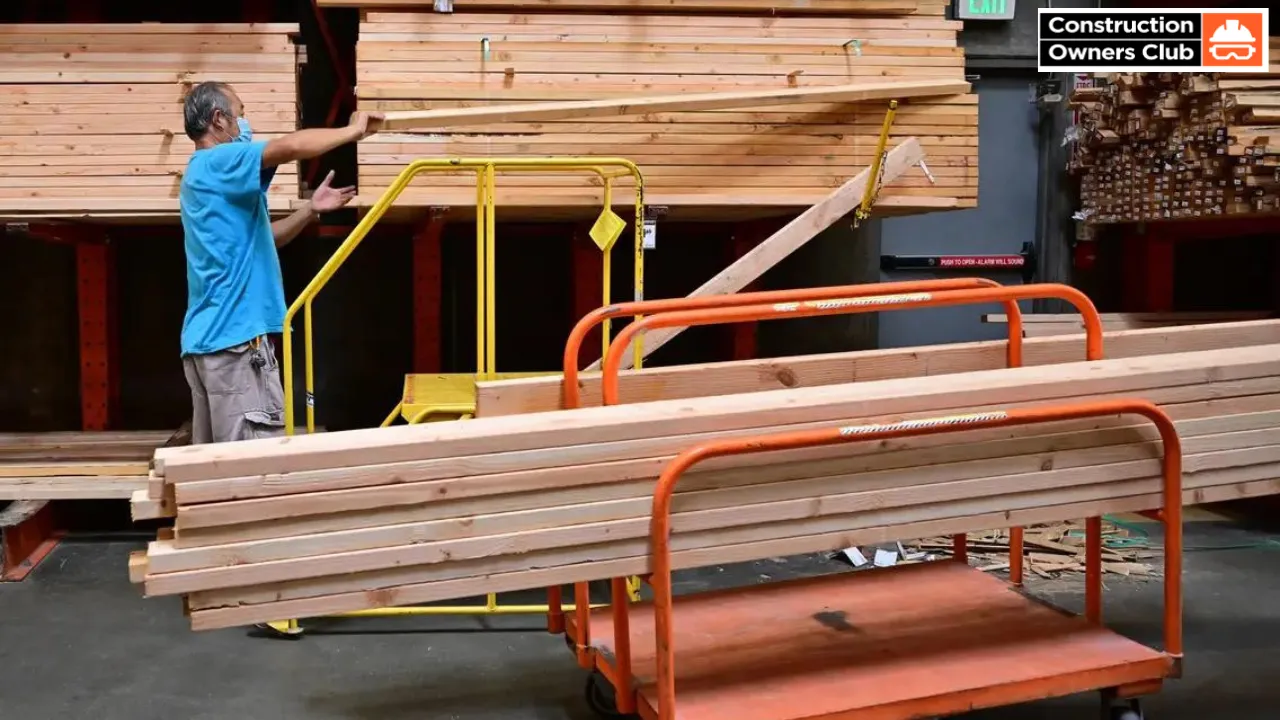
Remember the skyrocketing home improvement costs at the pandemic's peak? Lumber prices, a key indicator, have plummeted. However, this doesn't necessarily translate to a significant improvement in overall housing affordability.
Fueled by stay-at-home orders and a shift to remote work, demand for housing projects soared in 2020 and 2021. This, combined with supply chain disruptions, caused lumber prices to hit record highs. SPF (spruce, pine, and fir), the lumber pricing benchmark, reached a staggering $1,600 per thousand board feet in 2021, according to Paul Jannke of Forest Economic Advisors.
Fast forward to today, and lumber prices have settled at around $355—a significant decline. This drop can be attributed to a combination of factors: weakening new-home construction and renovation activity, coupled with increased lumber supply due to sawmill investments triggered by the earlier price surge.
While lumber prices are down, the overall picture remains complex. According to Robert Dietz, chief economist at the National Association of Home Builders, building material costs are still 30% higher compared to 2019, keeping homeownership out of reach for many.
Carlos Martín, of the Harvard Joint Center for Housing Studies, emphasizes the broader impact: "Prices have risen for a wide range of other materials, including plastics, plastic-related products, and even steel." Additionally, demand for electrical equipment and HVAC systems has spiked due to government incentives for energy-efficient upgrades, further pressuring costs.
These rising costs are forcing builders to adapt. Dietz observes a trend towards smaller homes: "New-home size has been shrinking as builders navigate challenging affordability conditions." This is reflected in the rising popularity of townhouses, which reached a multi-decade high of nearly 20% of new homes built in 2023. Smaller dwellings require fewer materials, contributing to this shift.
While the fall in lumber prices offers a glimmer of hope, it's crucial to recognize that housing affordability remains a complex issue. The combined effects of rising costs across various building materials, coupled with a general economic slowdown, paint a challenging picture for many aspiring homeowners.